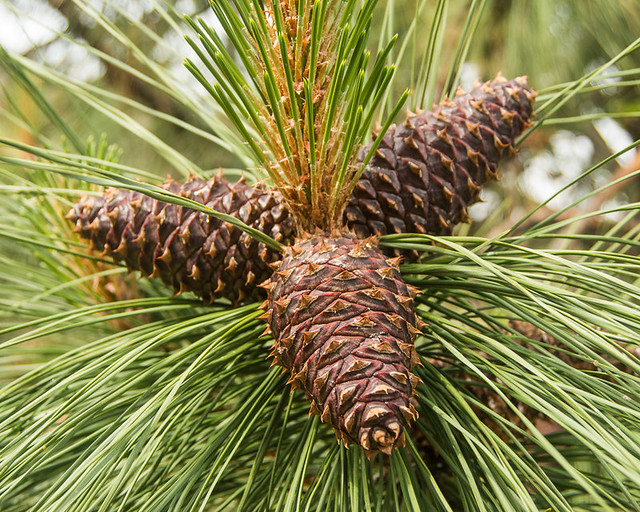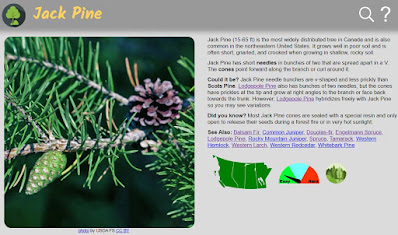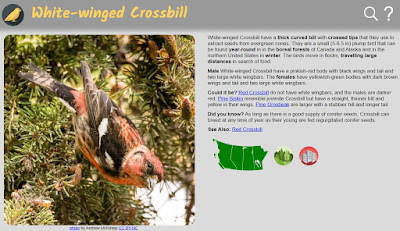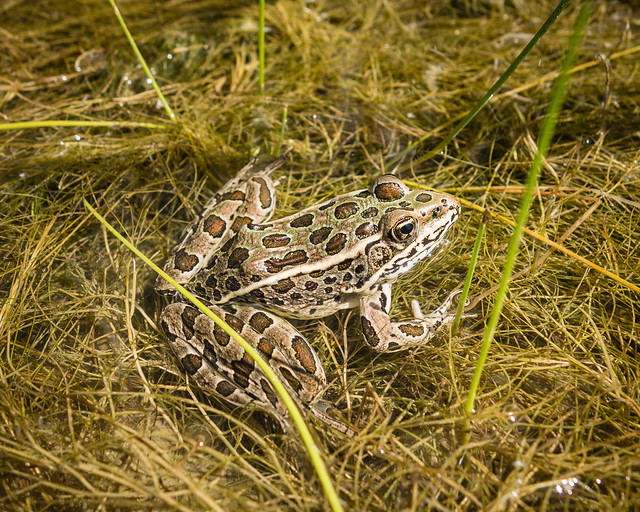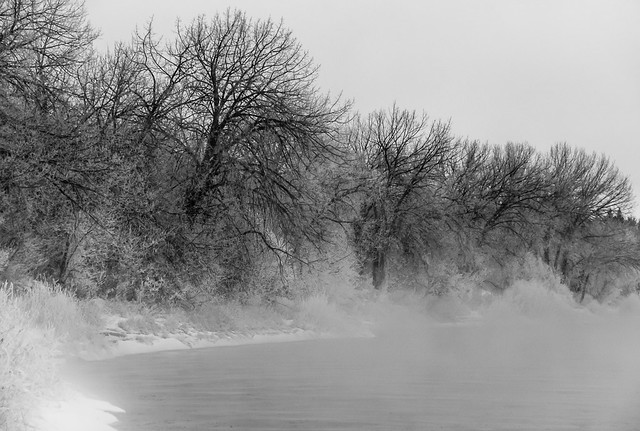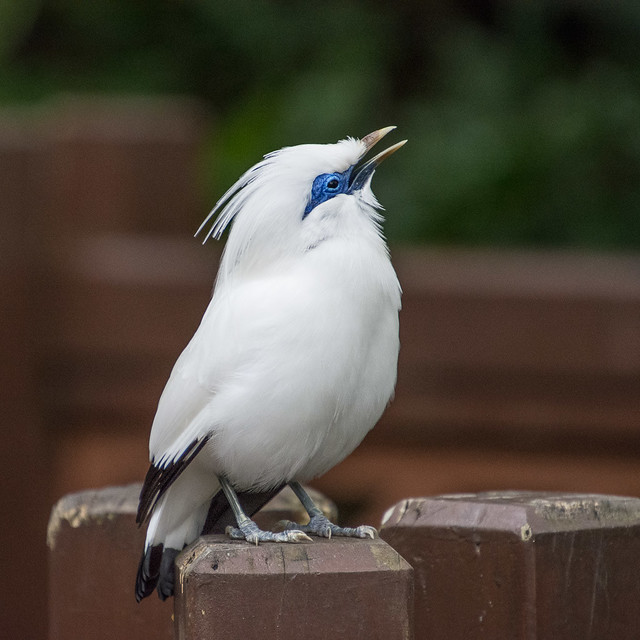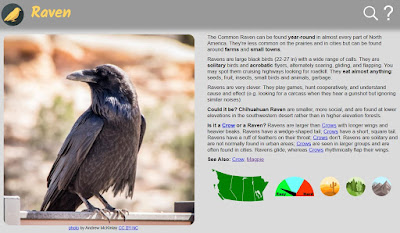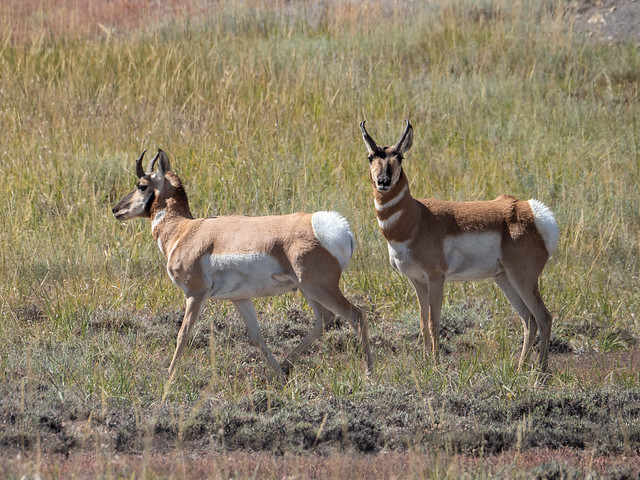Conifers are gymnosperms and were some of the earliest trees to appear on the planet. Unlike angiosperms, gymnosperms do not flower and their seeds are not protected by a fruit. Contrast this with cherry or oak trees, which flower in the spring and produce fruit (cherries and acorns) later in the year. Gymnosperm seeds are naked and attached to the scales of cones.
Unlike deciduous trees that have broad leaves they lose every fall, the leaves on conifers are usually short and shaped like needles. You may not think they shed their needles, but they do. The needles on larches and tamaracks turn yellow and drop from the tree every fall. Other conifers only lose a few of their needles every 3-5 years, usually in the fall. As the trees shed older needles, the inner parts of the tree will be less dense than the outer parts of the tree where there has been new growth.
The wood of conifer trees is softer than the wood of deciduous trees and they often have fragrant, sappy bark. The roots, stems, leaves, and cones contain resin ducts that secrete a sticky material. Conifers use the pitch or resin to seal wounds and areas where they have shed bark or branches. As with so many natural materials, humans have been able to benefit, using the resin to caulk wooden sailing ships and to produce turpentine.
Conifers are much more common in cooler temperate and boreal areas, such as Western Canada, but they exhibit greater diversity in warmer areas, such as tropical mountains, where the winters aren’t as harsh and the summers longer and less dry.
There are four main groups of conifers in Western Canada: fir, pine, spruce, and larch.
Fir
Fir trees are shaped like cones with a wide base tapering to a narrow crown. They have soft, flat needles with two white stripes on the underside. The needles are attached directly to the branch. The scales fall off the cones every fall, leaving behind an erect central stem.
Balsam Fir is found in forests as well as urban areas. It is a tall (60-70 ft) narrow tree tapering to a skinny point. Its short (1 in) flat needles curve upwards, as do the barrel-shaped, greyish-brown cones. Balsam fir may not be able to re-establish itself after a fire as it loses all its seeds every year, unlike other conifers that retain cones from one year to the next.
Pine
Pine trees have small clusters of long, narrow needles. They shed their needles more frequently (every 3 years) than spruce or fir (4-5 years), so they usually appear thinner and less dense. Some pines retain their cones for many years. Pines are important commercially for both lumber and pulp as they grow quickly and can be planted close together.
Pines have two sorts of cones – small ones attached to new shoots that produce large quantities of pollen in the spring and larger, woody, seed-bearing cones. You can find both old and new cones on pine and spruce trees as they don’t fall off immediately.
Jack Pine (15-65 ft) is the most widely distributed tree in Canada and is common in Canada’s boreal forest. It grows well in poor soil and is short, gnarled, and crooked when growing in shallow, rocky soil. Jack Pine has short needles in bunches of two that are spread apart in a V. The cones point forward along the branch or curl around it. Most Jack Pine cones are sealed with a special resin and only open to release their seeds during a forest fire or in very hot sunlight.
Lodgepole Pine grows well in the foothills and Rocky Mountains of western North America. It can also be found in the Cypress Hills of Saskatchewan and Alberta. They are one of the first trees to appear after a fire. The needles are paired and often twisted, forming dense clusters at the ends of branches. The cones are small and egg-shaped with prickles at the tip. The cones grow in small clusters, either at right angles to the branch or facing back towards the trunk. In the spring, look for clusters of reddish-green male pollen cones at the tips of the branches. The pollen is so abundant it can be seen in patches on lakes or forming a yellow line marking the water level on rocks along the shore.
Whitebark Pine is found in the western mountain ranges of Canada and the United States. It can live for more than 500 years.
Spruce
Spruce trees (60-100 ft) have a cone-shaped silhouette and prefer moist forested sites and mountainous areas. Four-sided needles are arranged in a spiral around the stem and are attached to small pegs that remain behind after the needles drop. Spruce needles are shorter than pine needles and grow on all sides of the branch, unlike fir where the branches look flat as the needles only grow on two sides of the branch. The cones hang downwards and can usually be found at the top of the tree.
Black and White Spruce are found in Canada and the northern United States. Black Spruce is usually found near water or marshy areas and is narrow with very little foliage except in a clump at the top of the tree. White Spruce prefers upland areas with well-drained soil. It is broader and shaped like a pyramid. Engelmann Spruce is found in the western mountains of Canada and the United States. Sitka Spruce has stiff, sharp needles and is found in a narrow band along the northwest coast of North America.
Larch
Larch are slender trees with straight, tapering trunks and soft, feathery needles that turn a brilliant yellow in the fall before dropping to the ground. They are native to cooler, northern areas, such as the boreal forests and mountainous regions of Canada and Russia.
Western Larch is found in moist locations on northern mountain slopes and valley bottoms.
Tamarack, also known as Eastern Larch, is found across Canada and in the northeastern United States and is shorter than Western Larch.
Tamarack is a thin, medium-sized tree (50-65 ft) with reddish-brown bark that becomes scaly as the tree ages. It is often found alongside Black Spruce in bogs or marshes or on cool, moist, north-facing slopes. The greenish-blue needles are 5-7 inches long and grow in clusters of 15-25. Both male and female cones may appear on the same branch. Male cones look like small mounds of yellow or brown pollen sacs. The female cones resemble pine cones. When mature, the female cones are brown, .4-.8 in long, on short curved stalks. Tamarack can tolerate very cold temperatures and can be found at the edge of the tundra on the Arctic tree line. The name comes from an Algonquin word meaning wood used for snowshoes.
To learn more about trees in Western Canada, check out EcoFriendly Sask’s Nature Companion, a free nature app for Manitoba, Saskatchewan, Alberta, and British Columbia.
